
In a recent study, opioid prescriptions were decreased among patients receiving a noninvasive bioelectronic treatment after cesarean delivery.

In a recent study, opioid prescriptions were decreased among patients receiving a noninvasive bioelectronic treatment after cesarean delivery.

The annual percentage changes of cervical cancer incidence and mortality in Appalachian Kentucky from 2009 to 2019 were 2.9% and 4.5% respectively.

A recent review evaluated the potential of in vivo and in vitro methods for treating vulvovaginal candidiasis.

In a recent study, visual biofeedback of the introitus during pushing was more well-received by patients than viewing of the maternal face.

Review some of the top stories from the Contemporary OB/GYN website over the last week, and catch up on anything you may have missed.

In a recent study, placenta accreta spectrum was accurately predicted through transvaginal ultrasound examination methods.

In a recent study, personal preference was the most common reason for people who gave birth not to use prenatal telehealth care.

In a recent study, an association was found between gastrointestional treatment type and perceived infertility risk.

The risk of depression after a traumatic brain injury was 48% greater in women than men when evaluated in a recent study discussed at the ANESTHESIOLOGY 2023 Annual Meeting.

At IDWeek 2023, a presentation sharing the latest news in RSV vaccines.

Data has supported 2 novel methods of reducing postpartum hemorrhage risk after cesarean delivery, as discussed at the ANESTHESIOLOGY 2023 annual meeting.

Providing clear and simple instructions reduces patients’ uncertainty and fear when confronted with bad news.

In a recent study, automatically measured blastocyst morphometrics found a correlation between blastocyst size and the odds of implantation.

Highlights from the HFSA 2023 annual scientific meeting discussing heart health in women.

In a recent study, the association between adverse pregnancy outcomes and cardiovascular risks was increased among overweight and obese individuals.

In a recent study, women with worse mental and gastrointestinal health had stronger menopausal symptoms.

Review some of the top stories from the Contemporary OB/GYN website over the last week, and catch up on anything you may have missed.

In a recent study, vulvovaginal atrophy treatments with lower estradiol concentrations were the most effective at preventing breast cancer recurrence.
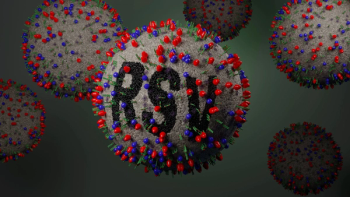
An abnormal surge in RSV was observed in the spring and fall 2022 seasons, but new immunizations offer protections previously unavailable.

In a recent study, overall and cervical-cancer specific deaths were more common among cervical cancer patients with a preexisting mental health disorder.

Federal agency funds studies on wearables, smart devices, apps and connectivity.

In a recent study, negative mental health symptoms such as increased anxiety were observed among combined oral contraceptive users when treatment was paused.
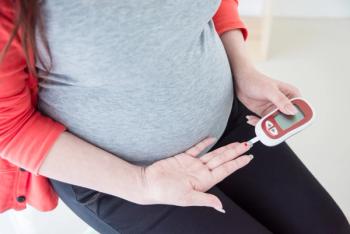
In a recent study, adverse neonatal outcomes were more common among individuals with a time above the target range of 10% or more when receiving continuous glucose monitoring for gestational diabetes mellitus screening.
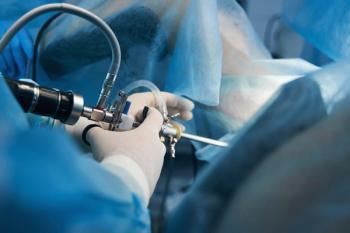
In a recent study, cesarean scar ectopic pregnancy treatment was more often successful when using hysteroscopic resection vs ultrasound-guided dilation and evacuation.

James A. Simon, MD, discusses how clinicians can help menopausal women manage sexual dysfunction.

James A Simon, MD, discusses the link between hot flashes and poor sleep quality, and how clinicians can help their patients manage sleep disorders.
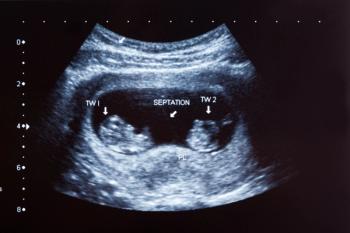
In a recent study, cell-free DNA screening had high rates of detecting trisomy 21 in twin gestations.
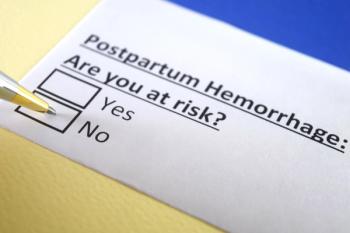
In a recent study, rates of severe postpartum hemorrhage were decreased in patients who received an intervention for early detection and treatment of postpartum hemorrhage.
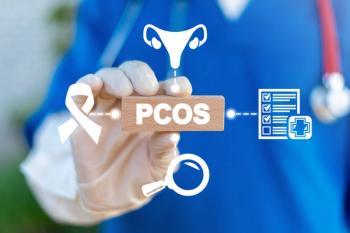
In a recent study, inositol had positive outcomes and a favorable safety profile for treating polycystic ovary syndrome.

Steven R. Goldstein, MD, discusses holes in clinicians' understanding of the endometrium, and how these knowledge gaps can be remedied.